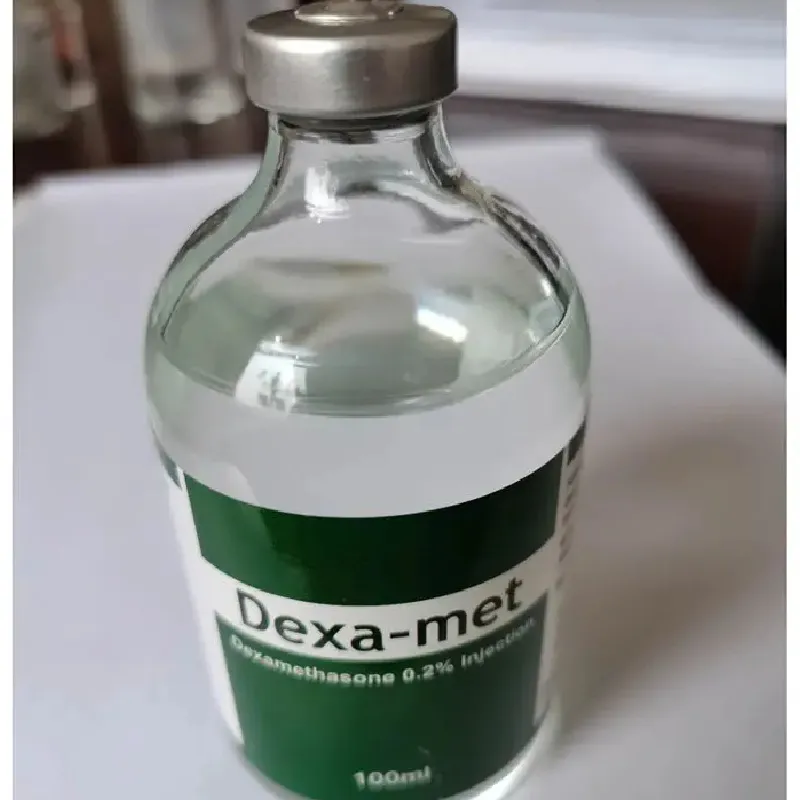- Afrikaans
- Albanian
- Amharic
- Arabic
- Armenian
- Azerbaijani
- Basque
- Belarusian
- Bengali
- Bosnian
- Bulgarian
- Catalan
- Cebuano
- Corsican
- Croatian
- Czech
- Danish
- Dutch
- English
- Esperanto
- Estonian
- Finnish
- French
- Frisian
- Galician
- Georgian
- German
- Greek
- Gujarati
- Haitian Creole
- hausa
- hawaiian
- Hebrew
- Hindi
- Miao
- Hungarian
- Icelandic
- igbo
- Indonesian
- irish
- Italian
- Japanese
- Javanese
- Kannada
- kazakh
- Khmer
- Rwandese
- Korean
- Kurdish
- Kyrgyz
- Lao
- Latin
- Latvian
- Lithuanian
- Luxembourgish
- Macedonian
- Malgashi
- Malay
- Malayalam
- Maltese
- Maori
- Marathi
- Mongolian
- Myanmar
- Nepali
- Norwegian
- Norwegian
- Occitan
- Pashto
- Persian
- Polish
- Portuguese
- Punjabi
- Romanian
- Russian
- Samoan
- Scottish Gaelic
- Serbian
- Sesotho
- Shona
- Sindhi
- Sinhala
- Slovak
- Slovenian
- Somali
- Spanish
- Sundanese
- Swahili
- Swedish
- Tagalog
- Tajik
- Tamil
- Tatar
- Telugu
- Thai
- Turkish
- Turkmen
- Ukrainian
- Urdu
- Uighur
- Uzbek
- Vietnamese
- Welsh
- Bantu
- Yiddish
- Yoruba
- Zulu
8 月 . 31, 2024 06:45 Back to list
Oxytetracycline 20 Injection 100ml for Veterinary Use | Effective Antibacterial Treatment
Understanding Oxytetracycline 20 Injection for Veterinary Use
Oxytetracycline 20% Injection is a widely used antibiotic in veterinary medicine, primarily designed for the treatment of various bacterial infections in animals. This pharmacological agent belongs to the tetracycline class of antibiotics, which have been in use since the 1940s. This injection form, typically delivered in a 100ml vial, is particularly favored for its efficacy in combating a range of infections in livestock and companion animals.
Mechanism of Action
The primary action of oxytetracycline is to inhibit bacterial protein synthesis. It accomplishes this by binding to the 30S ribosomal subunit of bacteria, preventing the attachment of aminoacyl-tRNA and thereby blocking the addition of new amino acids to the growing peptide chain. This mechanism effectively halts the proliferation of bacteria, allowing the animal’s immune system to eliminate the infection more efficiently.
Indications
Oxytetracycline is indicated for a variety of bacterial infections that animals may encounter. These include, but are not limited to, respiratory infections, urinary tract infections, and infections of the skin and soft tissues. It’s also utilized for certain diseases caused by susceptible organisms, including leptospirosis and some types of enteritis. As with any antibiotic therapy, appropriate diagnostics should guide its use to ensure the bacteria causing the infection are susceptible to oxytetracycline.
oxytetracycline 20 injection 100ml veterinary

Administration and Dosage
The administration of Oxytetracycline 20% Injection is typically via intramuscular or intravenous injection, depending on the species and the severity of the infection being treated. Veterinarians determine the appropriate dosage based on factors such as the animal’s weight, age, and the type of infection. Adhering to the prescribed dosage and treatment duration is crucial to prevent the development of antibiotic resistance and ensure the effectiveness of the treatment.
Safety and Side Effects
While generally considered safe when used as directed, oxytetracycline does carry some risks. Potential side effects can include gastrointestinal disturbances, allergic reactions, and, in rare cases, photosensitivity or disruption of bone and tooth development in young animals. It is essential to consult a veterinarian before administration, especially in pregnant or lactating animals, to assess any potential risks.
Conclusion
In conclusion, Oxytetracycline 20% Injection is a vital tool in veterinary medicine for managing bacterial infections in animals. Its broad-spectrum efficacy, combined with precise administration guidelines, makes it an essential therapeutic agent. Understanding its applications and adhering to best practices in administration can significantly enhance the health and well-being of treated animals while minimizing the risks associated with antibiotic use. As always, responsible use and consultation with a veterinary professional are paramount to ensure optimal outcomes.
-
The Power of Radix Isatidis Extract for Your Health and Wellness
NewsOct.29,2024
-
Neomycin Sulfate Soluble Powder: A Versatile Solution for Pet Health
NewsOct.29,2024
-
Lincomycin Hydrochloride Soluble Powder – The Essential Solution
NewsOct.29,2024
-
Garamycin Gentamicin Sulfate for Effective Infection Control
NewsOct.29,2024
-
Doxycycline Hyclate Soluble Powder: Your Antibiotic Needs
NewsOct.29,2024
-
Tilmicosin Premix: The Ultimate Solution for Poultry Health
NewsOct.29,2024













